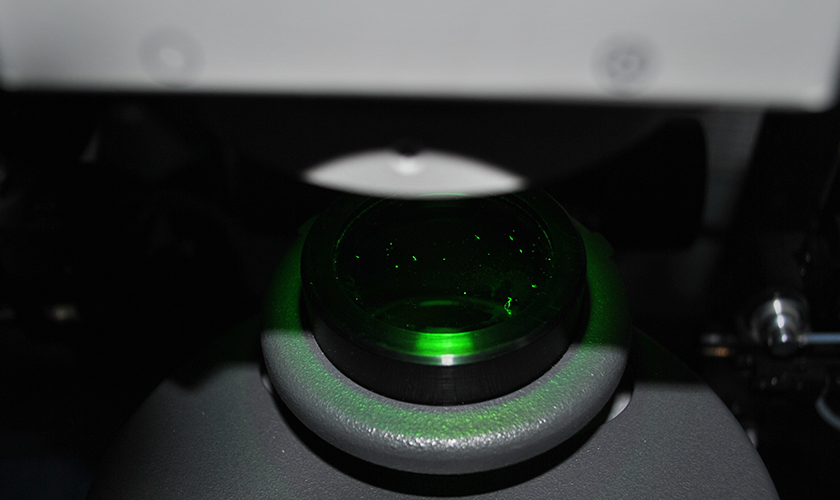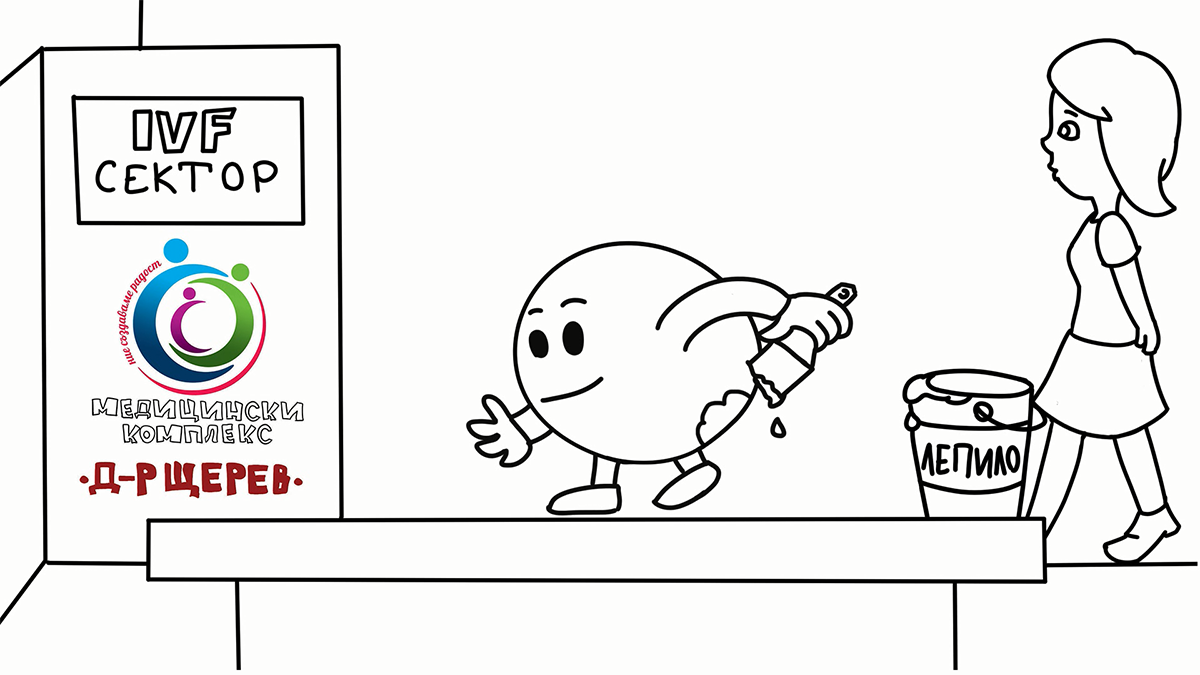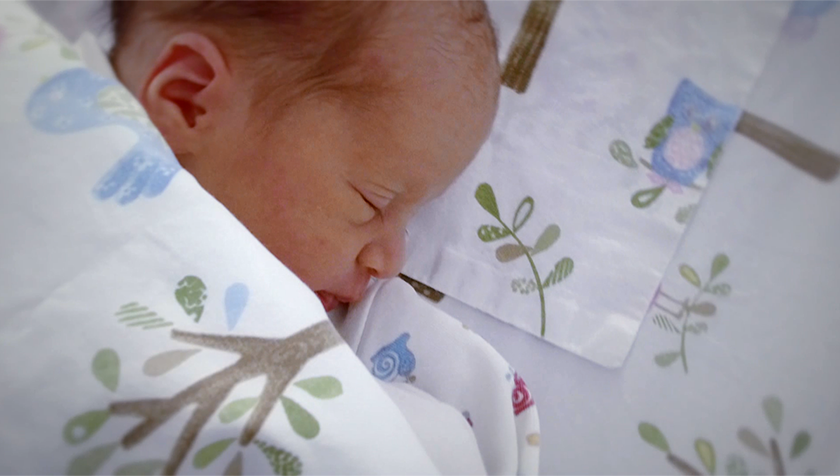
Assisted Hatching - accents
-Worldwide this technique is applied for the first time in 1989 and is part of Dr. Shterev Hospital routine since 2000.
- The most modern way of performing assisted hatching is through a laser, and this is how this technique is implemented in the hospital.
- See below our exclusive video about the techniques increasing IVF success rates
Assisted Hatching (AH)
What is AH?
The hatching is a natural process through which the blastocyst emerges from the glycoprotein layer, surrounding the oocytes and the embryos, or the so-called zona pellucida. Assisted hatching is a procedure for artificial thin away or pierces of zona pellucida. The aim is to increase the embryo’s chances to implant in the endometrium of the uterus successfully.
This technique is applied for the first time in 1989 and is part of Dr. Shterev Hospital routine since 2000. There are mechanical, chemical and laser-assisted hatching. The mechanical hatching uses micropipettes to thinner zona pellucida; the chemical uses acid solutions.
The technique implemented in Dr. Shterev Hospital uses a laser. This way of assisted hatching is the most modern and well performing. It includes putting the embryos in special medium under a microscope. The shell of every embryo is mapped through specialized software, and the laser focuses on the specific spot of zona pellucida. The software is programmed for clinical use and has security levels for the embryos’ protection.
The Laser Assisted Hatching makes the embryo shell thinner or completely opens it, so the embryo could easily “hatch” when the time for implantation comes. The hatching itself is the natural process, which precedes the embryo implantation in the uterine wall at the beginning of every pregnancy.
How AH helps?
This technique helps the natural hatching, which sometimes is difficult or even impossible because of too solid or hard embryo shell.
When is it applied?
Assisted Hatching is applied in cases of:
- Woman’s advanced reproductive age (above 35 years)
- High FSH levels
- Thickened zona pellucida
- Two and more unsuccessful IVF procedures
- When using FRET (Frozen Embryo Transfer) due to the possibility of higher solidification of zona pellucida
Techniques for increasing the success rate in IVF - contact us
The composers of joy - here you can meet the embryologists and biologists of Dr. Shterev Hospital. Every day they apply the highly specialized techniques which increase the chances for success of the couples with reproductive problems.
Book your appointment with a reproductive specialist via a phone call to +359 2 920 09 01 or via our digital communication channels - website, Viber, Facebook Messenger.
Video: Techniques for increasing the success rate in IVF
Watch our cartoon video, in which brightly and funnily we will introduce you to the high-tech procedures, implemented in Dr. Shterev Hospital. You will learn about the additional techniques and methods, which increase the success in ART. You will also learn when and why we execute them.
Video: The joy we create
Watch the video to learn how the complex names of the different IVF lab techniques transform into the most significant celebration to our patients.
Techniques for increasing the success rate in IVF - resume
For more than 30 years the team of Dr. Shterev Hospital has been helping thousands of women and couples to feel the greatest joy - to hear the laughter of their baby. In the last years, the success rate in couples with different types of infertility has increased significantly. The main reason for this increase is the application of most modern additional techniques, which help in cases where nature cannot succeed.
Additional IVF Techniques
Additional IVF Techniques
назад- EmbryoScope (Time-lapse embryo imaging)
- EmbryoGlue
- Local Endometrial Injury (LEI)
- Growth medium for RIF/RPL
- Intracytoplasmic Morphologically Selected Sperm Injection (IMSI)
- Co-cultivation of embryos
- Magnetic Activated Cell Sorting (MACS)
- Preimplantation Genetic Diagnosis
- Calcium activation
- Spindle View and Zona Pellucida Analysis
- Endometrial Receptivity Analysis
 Медицински комплекс „Д-р Щерев”
Медицински комплекс „Д-р Щерев” 
